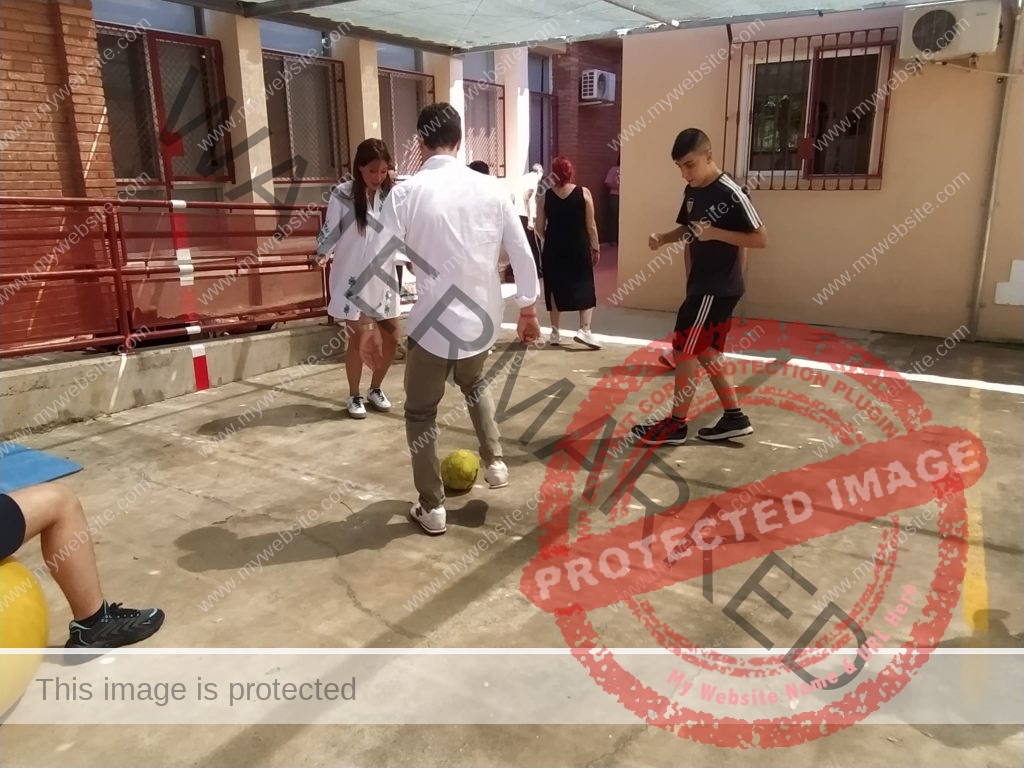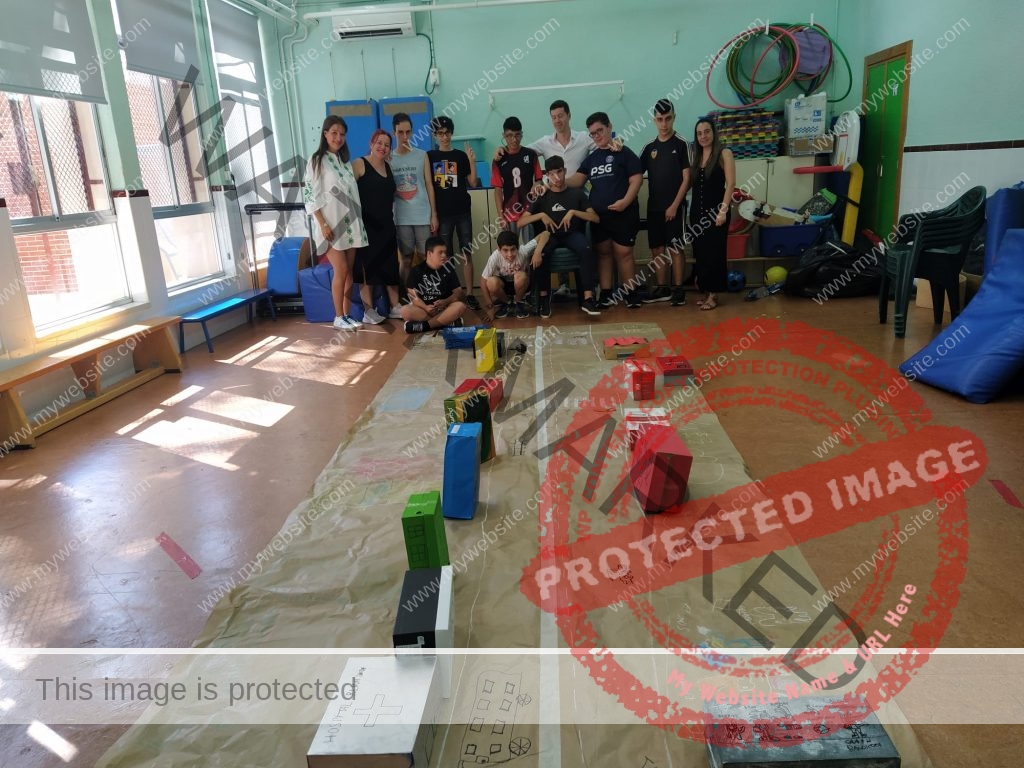Solidarity Architecture
Building a Fairer Future
Architecture is much more than the creation of physical structures. It goes beyond bricks and mortar; It’s about building dreams and possibilities. In a constantly changing world, solidarity architecture emerges as a beacon of hope, opening a path towards a more just and equitable future.
What is solidarity architecture?
Solidarity architecture is an approach that puts the communities most in need at the center of its design and construction. It is concerned with addressing social, economic and environmental inequalities through the creation of accessible, sustainable and functional spaces. Here are some keys to better understand this concept:
1. Accessibility for all: Caring architecture ensures that spaces are accessible to people of all ages and abilities. This includes removing architectural barriers and adapting designs for people with disabilities.
2. Community participation: A fundamental principle is to involve the community in the design and construction process. The voices of those who will use the spaces are heard and taken into account, ensuring that real needs are met.
3. Sustainability: Solidarity architecture is committed to environmental sustainability. It uses environmentally friendly materials and technologies to reduce environmental impact and promote a more responsible lifestyle.
4. Resource efficiency: Instead of wasting valuable resources, solidarity architecture seeks to use them efficiently. This not only benefits the community, but can also save costs in the long run.
5. Flexibility and adaptability: Solidarity designed spaces are flexible and adaptable to the changing needs of the community. They can evolve over time, making them more sustainable in the long term.
inspiring examples
One of the most inspiring examples of solidarity architecture is the “Architects Without Borders” project, which works around the world to provide decent housing to disadvantaged communities. They use local materials and sustainable construction techniques to ensure the cultural and environmental appropriateness of their designs.
Another example is “School in the Cloud”, a project that uses recycled shipping containers to create mobile classrooms in rural and remote communities. This allows access to quality education where it would not have been possible otherwise.
The power of solidarity architecture
Solidarity architecture is not just a matter of design; It is a means to empower communities, promote inclusion and build a more equitable world. It is a demonstration of how creativity and innovation can make a difference in people’s lives.
In a constantly changing world, solidarity architecture is a response to the most pressing challenges of our society. With its focus on community, sustainability and inclusion, it guides us toward a brighter, more caring future for all.
The next time you see a building, remember that it is much more than steel and concrete; It is a declaration of commitment to a better world.




